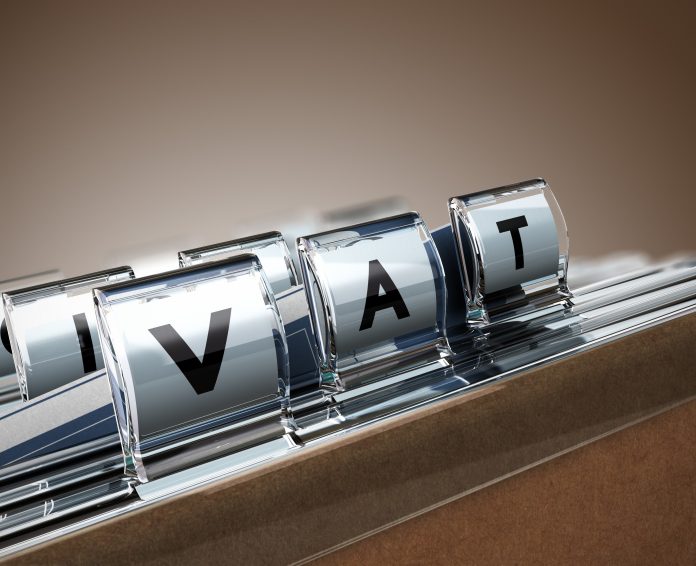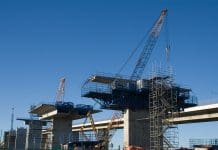Construction can be a tough old game for subcontractors and HMRC’s plans to introduce a domestic reverse charge on certain building and construction activities from 1 October 2019 is certainly not going to make life any easier for them!
The domestic reverse charge legislation will apply through the supply chain where payments are required to be reported through the Construction Industry Scheme (CIS), which is why supplies between subcontractors and contractors will be subject to the VAT reverse charge.
The new procedure for accounting for VAT is being introduced as an anti-theft measure and to combat fraud on the part of unscrupulous parties who have collected VAT from customers and then liquidated the company before passing the VAT on to HMRC. Who would have thought that such a thing would ever happen in our industry?
The reverse VAT charge will not apply in circumstances where:
- Supplies are made to a building owner or to a developer who is selling a completed building on to an end-user
- The customer is making an onward supply of services to a connected company
- The supplier and customer are a landlord and tenant or vice versa
- The supply is zero-rated.
The reverse VAT charge will, however, apply to all sub-contracts caught by the CIS definition including “labour only” subcontracts.
The new arrangements do not change the liability of the supply to pay VAT but it does shift the burden of who has to collect the VAT and pass this on to HMRC. So, instead of a sub-contractor charging and recovering VAT from a contractor which the sub-contractor then pays to HMRC, the contractor will be responsible for recognising that the supply is liable to VAT and it will be the contractor’s responsibility to pass the appropriate amount of VAT on to HMRC.
There are a number of important considerations for sub-contractors. Firstly, subcontractors will need to identify instances where they supply services to contractors – rather than a consumer or end-user – and decide whether the services are caught within the list of services that are subject to the VAT charge. This is important because there will be no requirement to charge VAT on these services.
Secondly, those subcontractors who are used to preparing and paying VAT via quarterly returns will need to recognise that it will no longer receive VAT on these supplies and plan cash flow accordingly.
Thirdly, sub-contractors will need to continue to show all the information normally required to be included on a VAT invoice as part of any issued application for payment or invoice and should MAKE CLEAR THAT THE VAT REVERSE CHARGE APPLIES and it is the contractor’s responsibility to account for and pay the VAT over to HMRC.
This is what HMRC says on its website:
“Where a VAT-registered business receives a supply of specified services (which are not excepted supplies) from another VAT-registered business on or after 1 October 2019, it accounts for that VAT amount through its VAT return instead of paying the VAT amount to its supplier. It will be able to reclaim that VAT amount as input tax, subject to the normal rules. The supplier will need to issue a VAT invoice that indicates the supplies are subject to the reverse charge.”
The new domestic reverse charge legislation applies to “construction services”. The definition is the same as that used in the long-established Construction Industry Scheme (“CIS”) and so will be familiar to most businesses operating in the industry. The supplies which will be covered include (but will not be limited to):
- Construction, extension, demolition, alteration or repair of buildings or of any works forming part of the land
- Installation in any building (whether or not in the course of construction) of a heating, lighting, air conditioning, power, water, drainage, etc system
- Internal cleaning of buildings (so far as carried out in the course of construction, extension, etc)
- Painting or decorating the internal or external surfaces of any building
It also applies to those services which form an integral part of any of the services described above or are preparatory to them or for rendering them complete.
For further information see:
It is suggested that HMRC recognises that sub-contractors may face difficulties in implementing the new rules and they will deal “gently” with errors on VAT returns in the first 6 months from 1 October 2019.
Only experience will prove this to be the case – but, as Debby Harry sang, “One way or another I’m (the VAT man is) going to get you” (apologies to those readers who are too young to remember Blondie – See https://www.youtube.com/watch?v=KXewIR7Y7cc).
Peter Vinden
Chief executive
The Vinden Partnership














